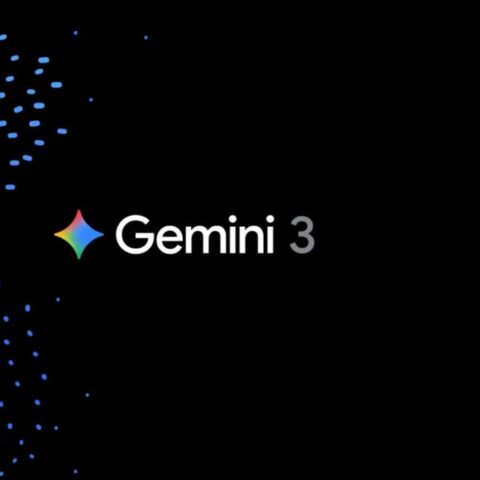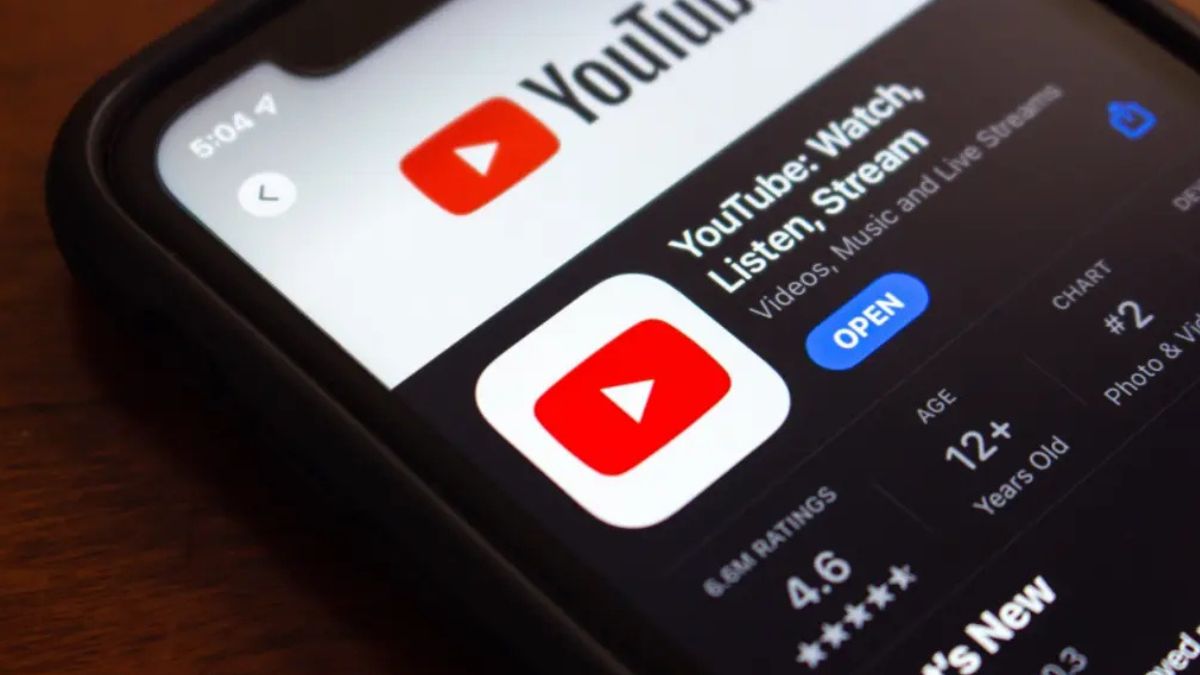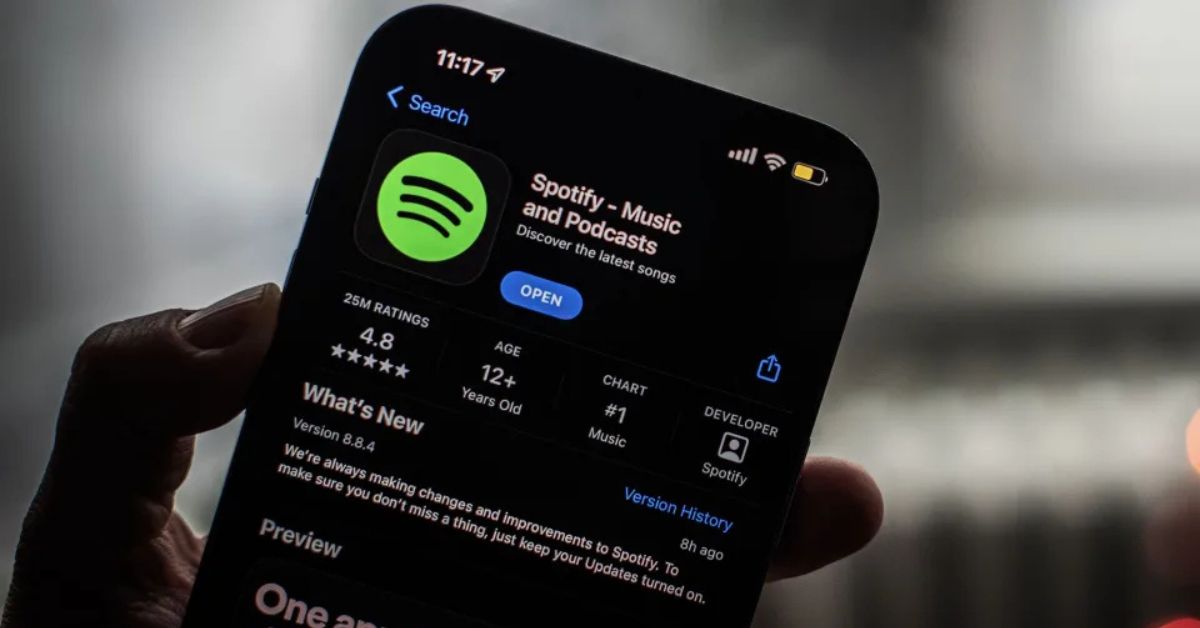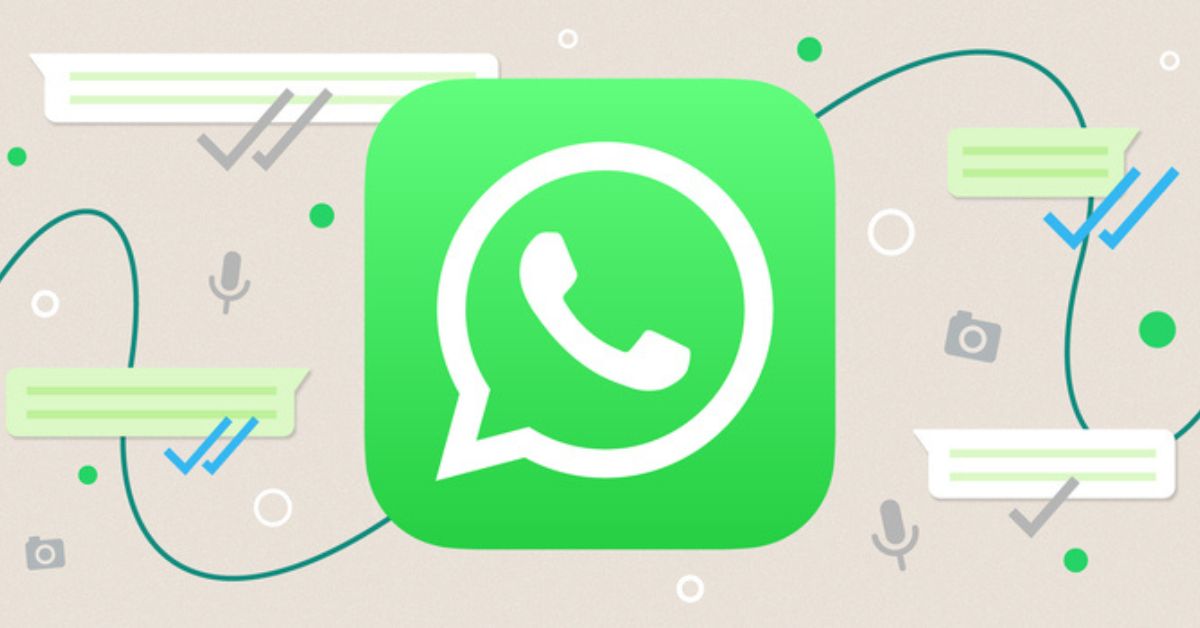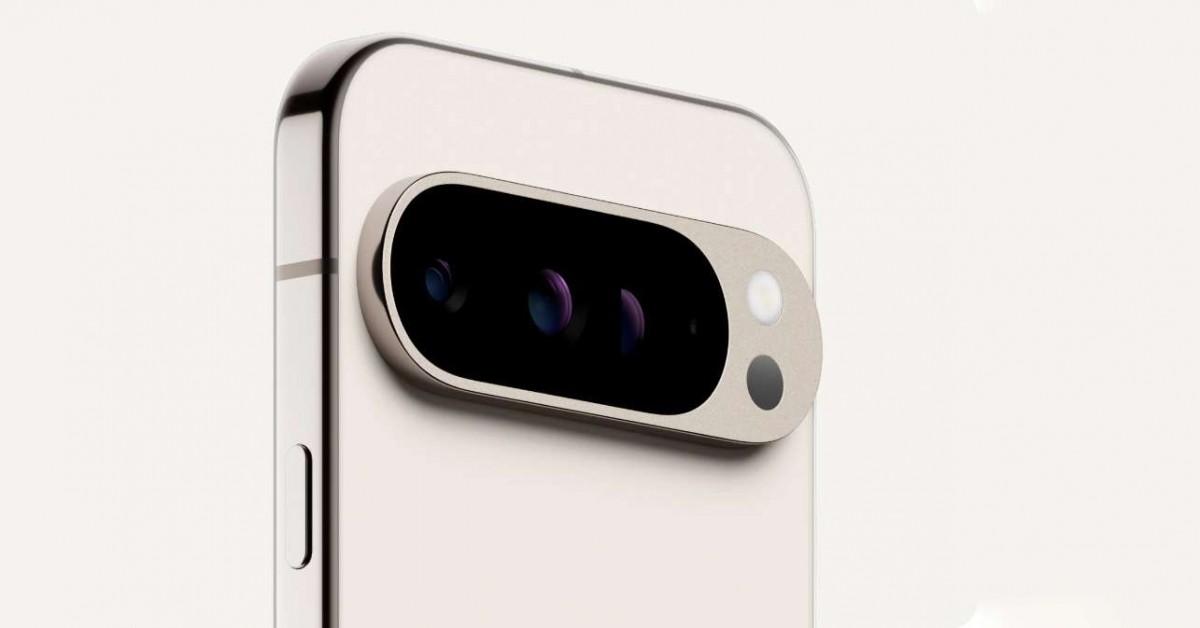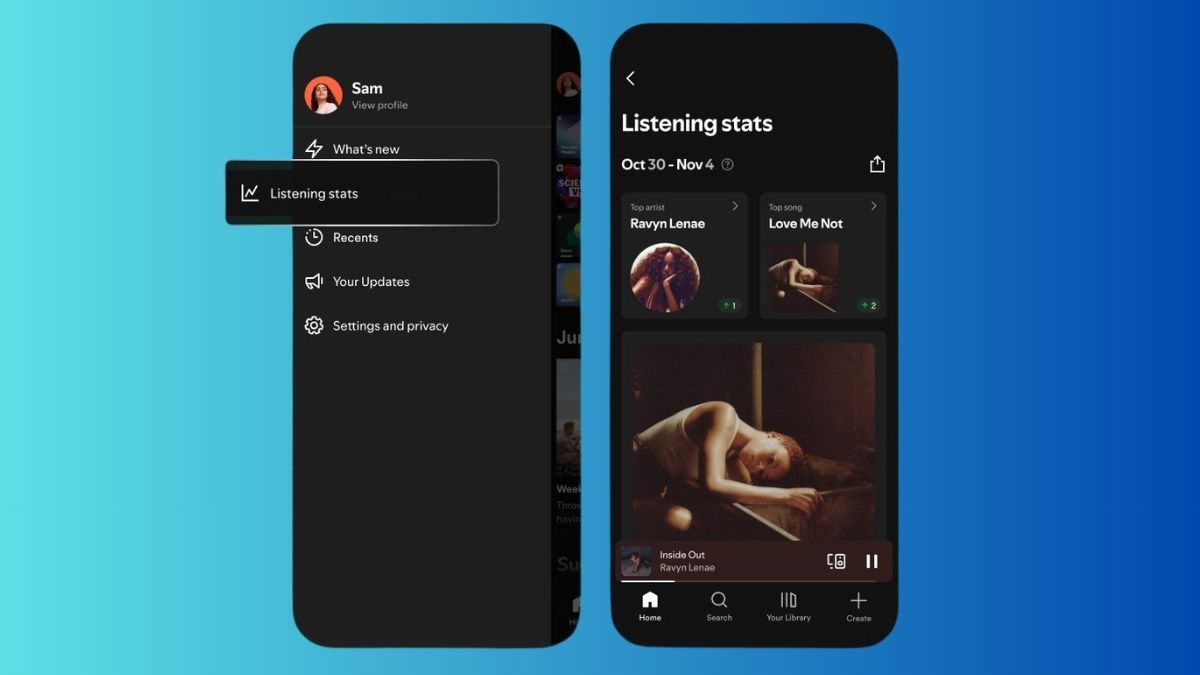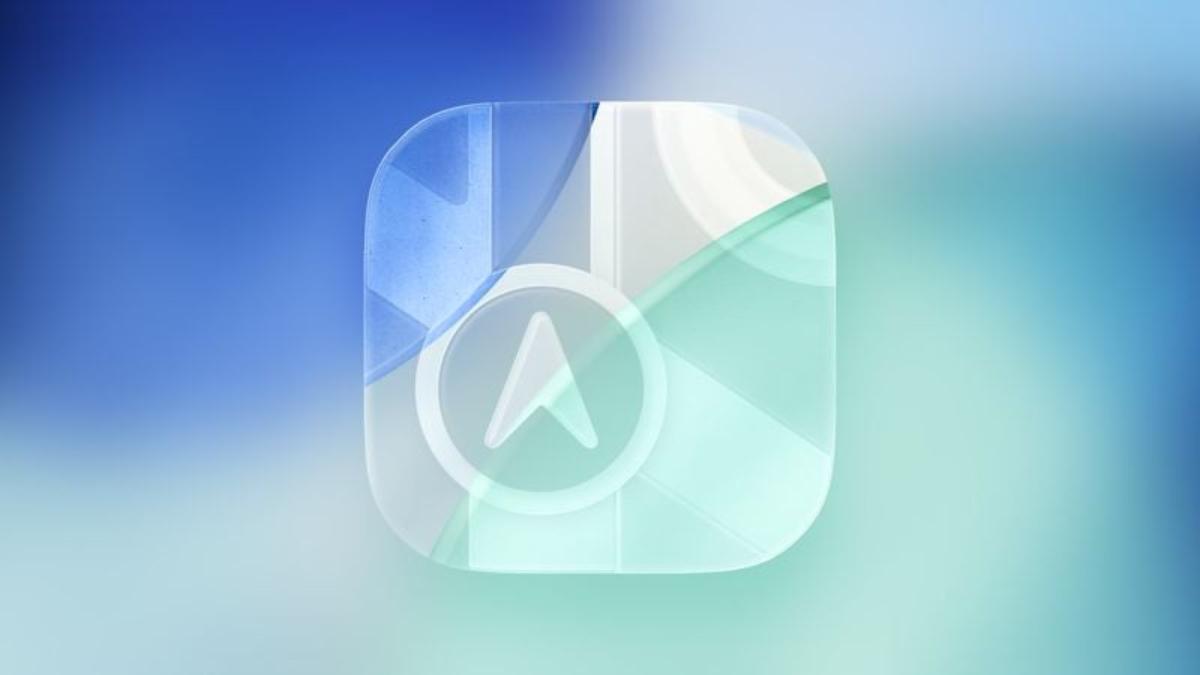Google has officially turned on its new and improved Find My Device network for Android. This feature allows users to track lost devices even when they are offline. The rollout begins today in the US and Canada, with availability for devices running Android 9 and later.
The network will rely on over a billion Android devices, making it much easier to locate missing phones. Pixel 8 and Pixel 8 Pro users get an extra advantage—these devices can be tracked even when powered off or the battery is dead, thanks to specialized Pixel hardware.
New Bluetooth Tags and Features
Starting in May, Chipolo and Pebblebee will release new Bluetooth tracker tags designed for this network. These tags will work with Find My Device and will also support unknown tracker alerts on both Android and iOS, helping prevent unwanted tracking. More Bluetooth tags from Anker’s eufy, Jio, and Motorola will arrive later this year.
A “Find Nearby” button will appear when a lost device is close but still not visible. This feature will work with the new Bluetooth tags launching in May. Additionally, the Find My Device app will use Nest devices at home to help pinpoint the exact location of a lost phone.
Privacy and Security
Google has added multi-layered protections to ensure user privacy. Location data is end-to-end encrypted, and aggregated location reporting helps prevent unwanted tracking to private locations.
Upcoming software updates will also allow headphones from JBL, Sony, and others to join the Find My Device network, making it easier to track lost accessories.
Why the Delay?
Google delayed the launch of this feature while waiting for Apple to add unwanted tracking protections in iOS. With iOS 17.5 expected soon, Google has finally activated Find My Device worldwide.
This update makes it easier than ever to find lost Android devices, whether they are offline, powered off, or even far from Wi-Fi or mobile networks.


